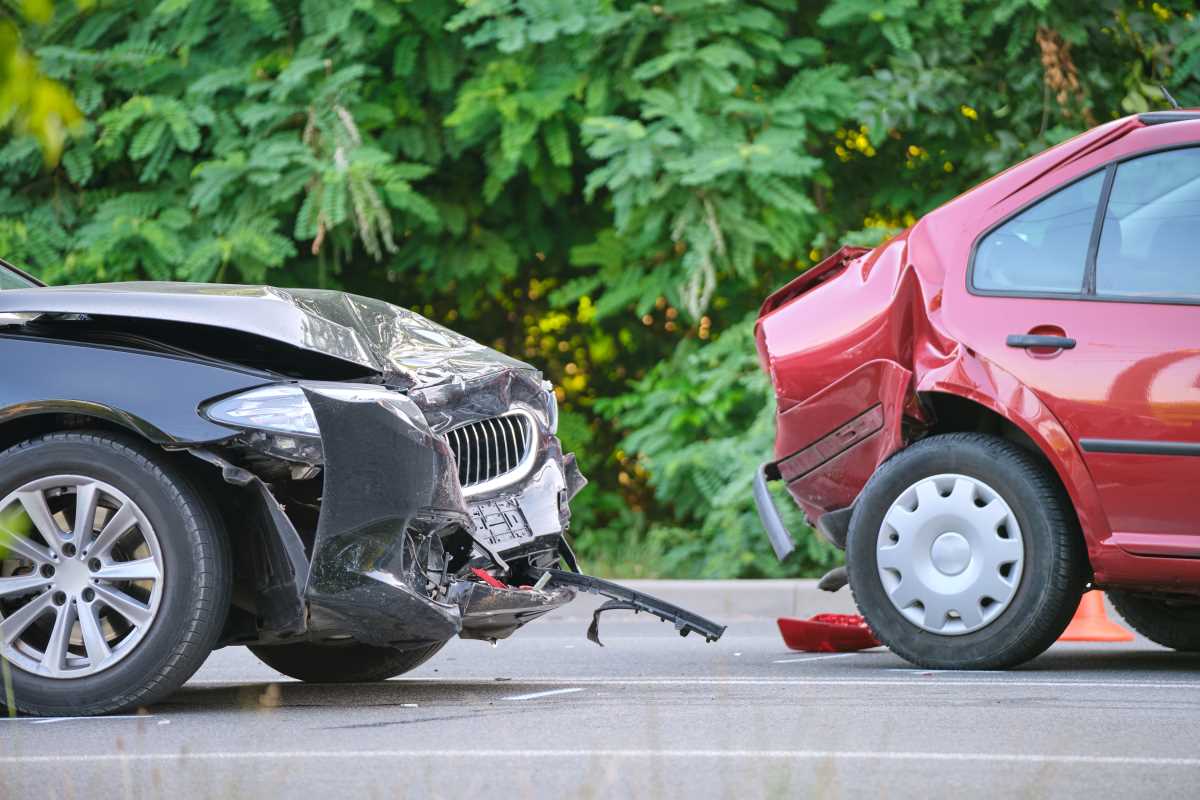The day your child gets their driver's license is a milestone packed with mixed emotions. There's pride, excitement, and a newfound sense of freedom for them. For you, there might be a little bit of worry, coupled with the dawning realization that your car insurance bill is about to change—a lot. It's one of the most common questions parents ask: just how much is this going to cost? While there's no single magic number, adding a teen driver to your policy is one of the most significant premium increases you'll ever see. But don't panic. Understanding why the rates jump so high is the first step toward finding smart, practical ways to manage the cost. This guide will break down the reasons behind the "sticker shock" and give you actionable strategies to keep your rates as low as possible.
Why Are Teen Drivers So Expensive to Insure?
It might feel personal, but the high cost of insuring a new teen driver is all about statistics and risk. Insurance companies base their rates on vast amounts of data, and that data consistently shows that 16- to 19-year-olds are the riskiest drivers on the road. With minimal experience behind the wheel, they are more likely to make simple mistakes, misjudge situations, and get into accidents. According to safety organizations, the crash rate per mile driven for teens in this age group is several times higher than for any other. This lack of experience means insurers see a much higher probability of having to pay out a claim, and those claims can be expensive. The premium increase directly reflects this elevated risk.
The Factors That Influence the Price Hike
The exact amount your premium will increase depends on several key factors. On average, you can expect your rates to go up anywhere from 50% to well over 100% when adding a licensed teen. Where you live makes a big difference, as rates vary significantly by state. The type of car your teen will be driving is another huge component. Adding them to a policy with a sensible, older sedan will cost far less than adding them to one with a new sports car or a large SUV. The coverage you carry also matters. Higher liability limits will increase the cost, but they also provide more protection for your family's assets, which is crucial with a new driver.
Hunt for Every Available Discount
Now for the good news: insurers offer a specific set of discounts designed to reward responsible teen drivers and their families. The most common and impactful is the good student discount. If your child maintains a "B" average or better in school, you can often get a significant price break, sometimes as much as 15% to 25%. Another great option is a driver training discount, which applies if your teen completes an approved driver's education course. These discounts prove to the insurer that your child is responsible and proactive about safety, helping to offset some of the statistical risk.
Let Good Driving Habits Pay Off
One of the best modern tools for lowering teen driver insurance costs is a usage-based insurance program, also known as telematics. These programs use a smartphone app or a small device that plugs into the car to monitor actual driving habits. It tracks things like speed, acceleration, hard braking, and phone use while driving. This allows you to get a premium based on your teen's real-world safety on the road, not just on their age. If your child consistently demonstrates safe driving behaviors, you can earn a substantial discount. It also serves as a great coaching tool, giving you data to have constructive conversations about improving their skills.
Be Strategic About Your Cars and Coverage
The vehicle your teen drives has a massive impact on your rate. If you have multiple cars, assign your teen primarily to the oldest, safest, and least expensive one to insure. A 10-year-old sedan is far cheaper to cover than a brand-new vehicle. You can also adjust your policy's deductibles. By raising the comprehensive and collision deductibles on the car your teen drives—say, from $500 to $1,000—you can lower your premium. Just make sure you can comfortably afford that higher deductible if you need to file a claim.
Smart Shopping and Policy Management
Don't assume your current insurance company is the cheapest option once you add a teen. Insurers calculate risk differently, so the company that was best for you before might not be the most competitive now. This is a perfect time to re-shop your policy and get quotes from several different carriers. Also, look for other savings opportunities. Bundling your auto policy with your home or renters insurance can provide a major discount. Choosing to pay your entire premium upfront or signing up for automatic payments can also trim a few percentage points off your bill. Taking these steps can help make this exciting new chapter for your family more affordable.







